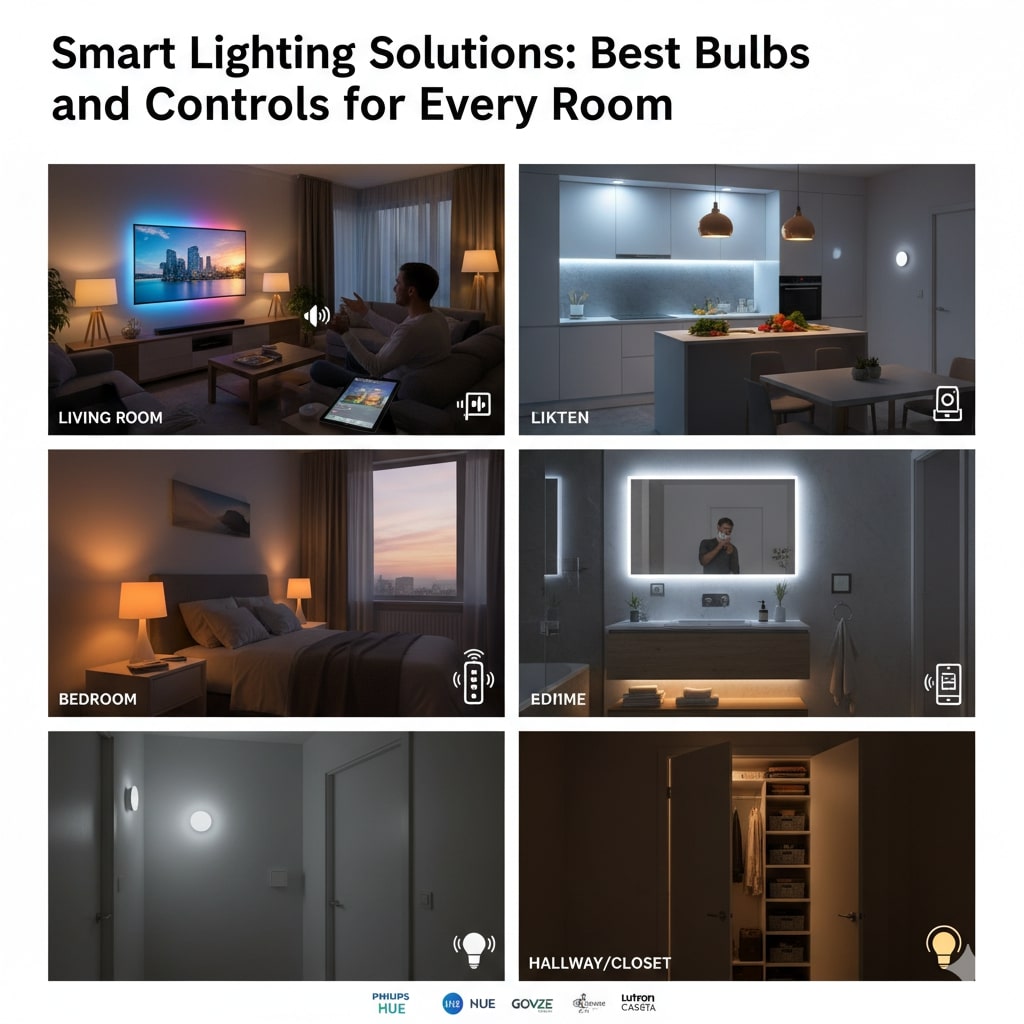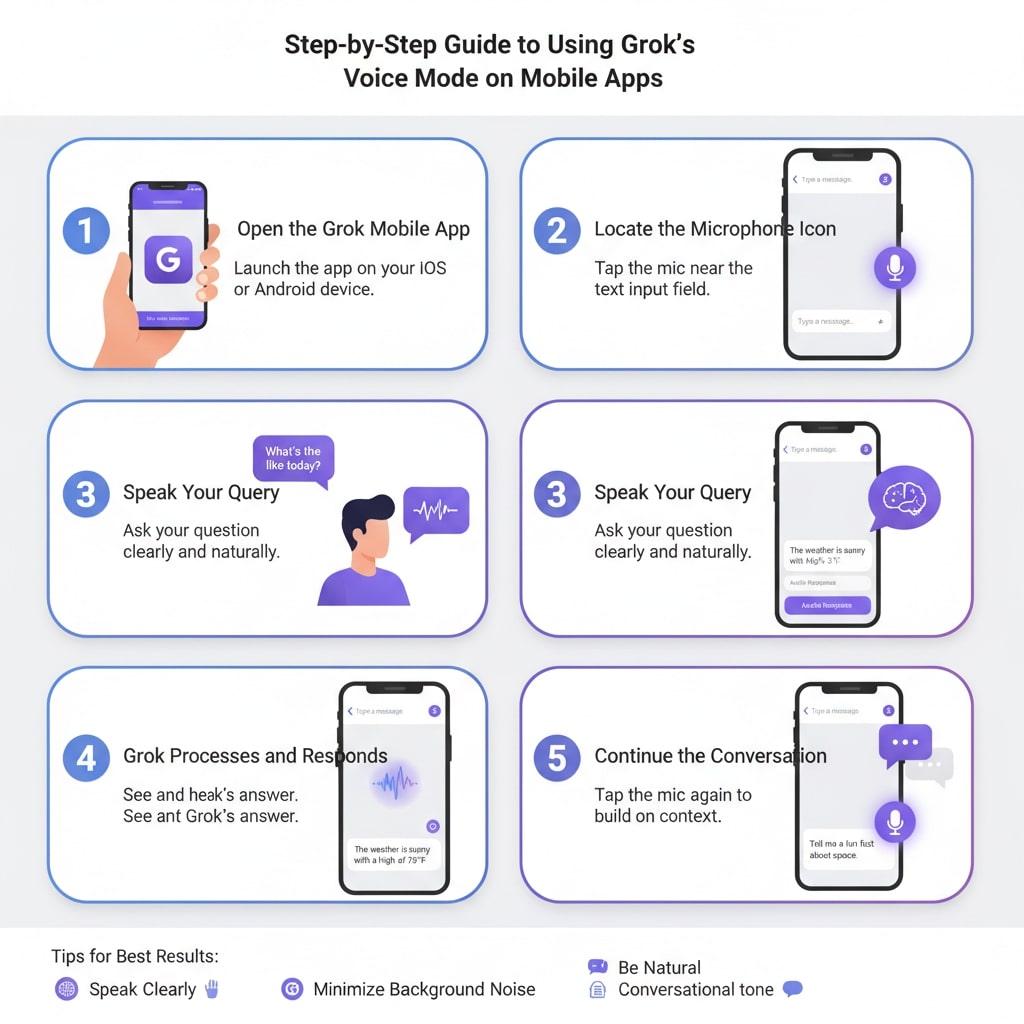In the modern home, lighting is no longer just about flicking a switch. Smart lighting has revolutionized how we illuminate our spaces, offering unparalleled convenience, energy efficiency and the power to transform the ambiance of any room with a tap, a voice command, or even automatically. But with so many options available, how do you choose the best bulbs and controls for your home?
This guide breaks down the top smart lighting solutions, offering room-by-room recommendations to help you create the perfect lighting scheme for every corner of your house.
The Heart of Smart Lighting: Smart LED Bulbs
At the core of any smart lighting system are Smart LED Bulbs. These aren’t your grandmother’s incandescent bulbs! They offer:
- Energy Efficiency: Significantly lower power consumption than traditional bulbs, saving you money.
- Long Lifespan: Last for years, reducing the hassle and cost of frequent replacements.
- Customization: Adjust brightness, color temperature (from warm to cool whites) and often a full spectrum of colors.
- Connectivity: Integrate with your smart home ecosystem for remote control, automation and voice commands.
Top Smart Bulb Brands to Consider:
- Philips Hue: The industry leader, known for its robust ecosystem, exceptional color quality and extensive range of bulbs, light strips and fixtures. Ideal for whole-home integration, though often requires a separate bridge.
- Wiz (by Philips): A more budget-friendly, Wi-Fi-based alternative that doesn’t require a hub. Excellent for tunable white light and vibrant colors, making it a great entry point into smart lighting.
- Nanoleaf: Offers stylish Essentials bulbs that support cutting-edge connectivity standards like Matter/Thread, alongside their iconic decorative light panels. Perfect for modern aesthetics and multi-platform users.
- Govee: Specializes in affordable, vibrant color-changing bulbs and LED strips, perfect for accent lighting, entertainment backlighting and unique effects.
Crafting the Perfect Glow: Room-by-Room Breakdown
The key to great lighting is understanding the function of each room and layering different types of light:
- Ambient Lighting: General illumination that brightens the entire room.
- Task Lighting: Focused light for specific activities (e.g., reading, cooking, grooming).
- Accent Lighting: Decorative light that highlights features or creates mood.
Here’s how to optimize each space:
1. Living Room: The Hub of Ambiance
Your living room needs to be versatile, shifting from bright for family gatherings to cozy for movie nights.
- Lighting Goals: Flexible mood lighting, dimming capabilities, general bright light.
- Recommended Bulbs: Philips Hue White and Color Ambiance or Wiz Color/Tunable White bulbs in floor lamps, table lamps and recessed fixtures. Consider Govee LED strips or Nanoleaf Panels for entertainment backlighting or decorative accents.
- Recommended Controls: Voice control (Alexa, Google Assistant) for hands-free adjustments, a dedicated smart dimmer switch (like a Hue Dimmer Switch or Lutron Caséta) for quick physical control and app control for setting up custom scenes.
2. Kitchen: Bright & Functional
The kitchen demands bright, clear light for food preparation, but can also benefit from warmer tones for casual dining.
- Lighting Goals: Bright, cool light for task work; warmer light for dining.
- Recommended Bulbs: Wiz Tunable White or Nanoleaf Essentials for overhead fixtures, allowing you to switch between cool and warm tones. LED strip lights (e.g., Govee) under cabinets provide excellent task lighting for countertops.
- Recommended Controls: Smart dimmer switches (like Lutron Caséta or Kasa Smart Switch) for main lights. A motion sensor near a pantry or sink can offer convenient, hands-free illumination.
3. Bedroom: Your Sanctuary
Bedrooms require soft, warm and highly dimmable lighting to promote relaxation and sleep.
- Lighting Goals: Soft, warm, dimmable light; task lighting for reading.
- Recommended Bulbs: Philips Hue White Ambiance for tunable white light that can support your sleep cycle (cooler in the morning, warmer at night). Choose low-lumen bulbs for bedside lamps.
- Recommended Controls: A bedside button or remote (like the Hue Dimmer) for easy control without reaching for your phone. Smart switches or app control can set up automated routines for gentle wake-ups or wind-downs.
4. Bathroom: Grooming & Relaxation
Bathrooms need bright, even light for grooming, alongside options for a softer, more relaxing glow.
- Lighting Goals: Bright, even light for tasks; soft night light.
- Recommended Bulbs: Tunable White Bulbs (Wiz, Nanoleaf) are excellent for vanity lights, allowing you to switch to a bright, cool white for makeup or shaving, and a warmer tone for a bath.
- Recommended Controls: A smart dimmer switch for vanity and overhead lights. A motion sensor or auto-off timer for the main lights can save energy and add convenience.
5. Hallways & Closets: Convenience & Security
These areas often benefit most from automation and simple, reliable lighting.
- Lighting Goals: Simple on/off, security, safety.
- Recommended Bulbs: Basic white dimmable smart bulbs (Wyze Bulb, IKEA TRÅDFRI) or standard LEDs in smart fixtures/plugs.
- Recommended Controls: Motion sensors are ideal for hallways and closets, turning lights on when needed and off when the space is empty. Geofencing can even turn hallway lights on as you arrive home.
Beyond the Bulb: Smart Control Options
The true power of smart lighting comes from its versatile control methods:
- Smart Dimmer/Switch: The most reliable option, these replace your existing wall switches. Brands like Lutron Caséta are gold standard, maintaining smart functionality even if Wi-Fi goes down and allowing existing “dumb” bulbs to become smart.
- Smart Button/Remote: Small, battery-powered remotes (e.g., Philips Hue Dimmer Switch) offer tactile control that you can mount on a wall or use handheld. Perfect for bedside tables or coffee tables.
- Voice Control: Integrate with Amazon Alexa, Google Assistant, or Apple Home via smart speakers for hands-free control. “Alexa, turn the kitchen lights to 50%!”
- Motion/Occupancy Sensors: Essential for utility areas, automatically turning lights on when you enter and off when you leave.
- App & Automation: Use the bulb’s native app or a central smart home app (Apple Home, Google Home) to create schedules, scenes and routines that automate your lighting based on time of day, sunrise/sunset, or other triggers.
The Future is Bright (and Smart!)
Investing in smart lighting solutions enhances comfort, convenience and efficiency in your home. By thoughtfully selecting the right bulbs and controls for each room, you can create a dynamic, responsive, and beautifully lit environment that perfectly suits your lifestyle. Start small, experiment and watch your home come alive with the magic of smart lighting!











quite informative
Thank you so much for reading our blogs. Keep Supporting Us.